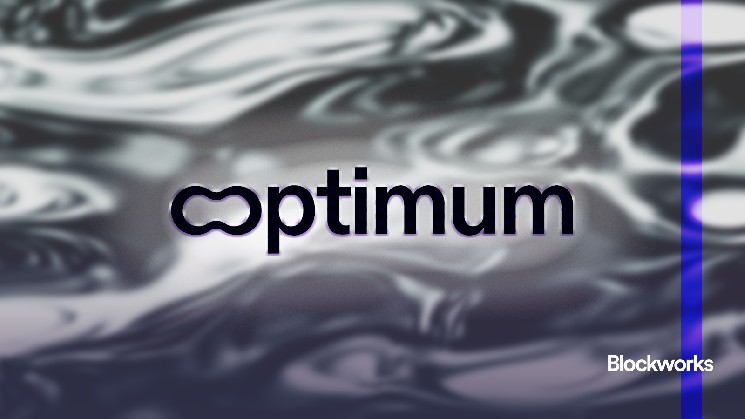This is a segment from the 0xResearch newsletter. To read full editions, subscribe.
Blockchain networks have long styled themselves as “decentralized world computers” ever since Ethereum. But one key component of modern computing has been missing: memory.
Now, with the launch of its private testnet this week, MIT-incubated startup Optimum is taking a first step toward fixing that.
Founded by MIT professor and renowned network coding researcher Muriel Médard, Optimum aims to build a high-performance memory layer for blockchains. Starting with data propagation, and eventually tackling what amounts to decentralized RAM, its core innovation is based on Random Linear Network Coding (RLNC), a technique Médard has been refining for over two decades.
Unlike typical gossip-based peer-to-peer systems — where nodes redundantly forward packets — RLNC uses coded data packets that increase bandwidth efficiency and resilience. In private tests and academic research, the technique has shown up to 20x improvements in propagation bandwidth and 2x gains in speed, with flexible tradeoffs depending on application needs, according to the team.
The first tests with validator node operators are now underway, part of the team’s broader go-to-market strategy, Médard told Blockworks.
“We have signed multiple MOUs with large node operators,” Médard said. The private testnet is invite-only and an opportunity for operators to validate performance and help shape product direction.
OptimumP2P, the protocol’s first product, replaces traditional gossip protocols like libp2p with a pub-sub (publish-subscribe) that functions more like a memory bus in traditional computing. The technique could have obvious advantages, such as faster block propagation, reduced mempool congestion, and better performance for validators, RPC providers and even DEX operators.
Some of these improvements go straight to an operator’s bottom line. But eventually, Optimum will be geared toward small players, too. It plans to introduce a utility token to reward nodes — called “flex nodes” — for contributing to data propagation and, eventually, memory access, with rewards proportional to the useful work they perform, regardless of uptime or stake.
“Almost all blockchain innovation has focused on compute and execution,” Médard said. “But without fast, reliable data access and propagation, blockchains can’t function as true high-speed computing networks.”
Optimum’s blockchain-agnostic approach has already attracted significant backing, most recently an $11 million seed round led by 1kx, and which included investors like Robot Ventures, CMT Digital, Spartan and Finality Capital.
That focus on practical performance improvements has caught the attention of other infrastructure teams, including data availability providers like Avail.
Prabal Banerjee, co-founder of Avail, noted the potential relevance of RLNC to its roadmap.
“RLNC and its application to optimizing P2P is interesting to us,” Banerjee told Blockworks, though adding it needs further review. “At this stage we are exploring multiple avenues to optimize the network for 10GB blocks based on the strategy outlined in our scaling roadmap.”

